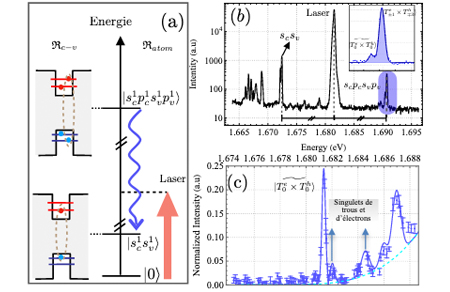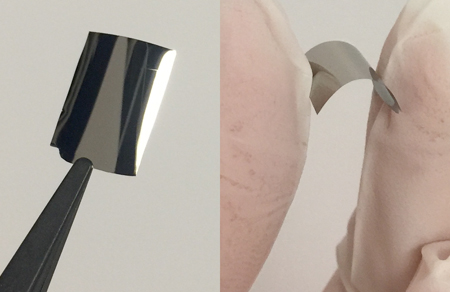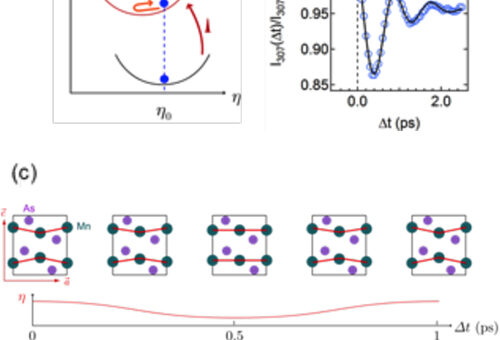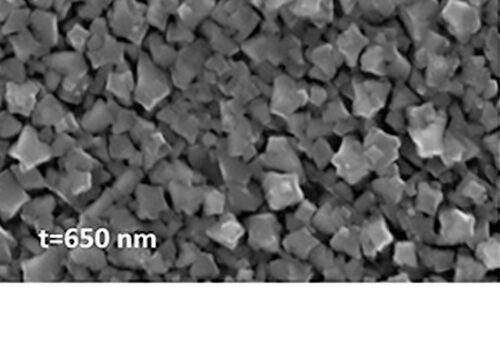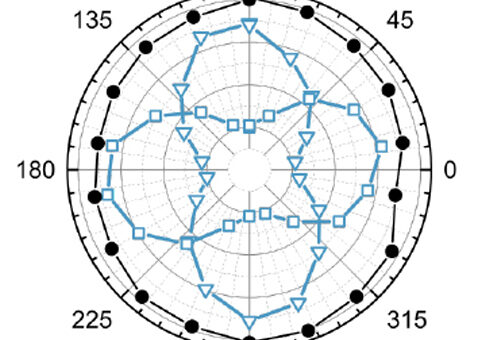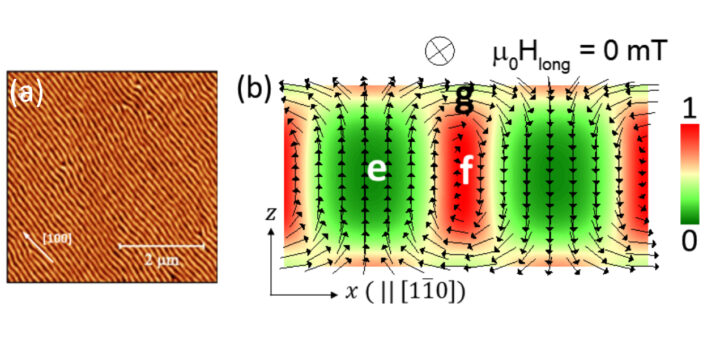Category: Magnetism and Physics of spin
The on-demand generation of entangled photons is an essential achievement leading to important applications for quantum technologies. In semiconductor quantum dots (QDs), the radiative biexciton-exciton cascade is successfully employed. Resonant two-photon excitation (TPE), coherently...
In the last couple of decades, Magnetocaloric (MC) materials studieshave undergone major advancements paving the way to novel energy conversion applications. Among them, a rather new field of research is represented by the possibility...
MnAs is a semi-metal that has attracted considerable interest since its discovery in the early 1900s. Current research on MnAs is motivated by its applications in spintronic devices or as a magnetocaloric material. The...
The development of new materials systems exhibiting remarkable quantum properties at the nanometric scale – nanoparticles, ultrathin films – is a major objective for the creation of new devices for such quantum technologies as...
Among the II-VI semiconductor heterostructures at the heart of optoelectronic and spintronic applications, one finds the colloidal core-crown nanoplatelets whose thickness is controlled at the level of the atomic monolayer. Synthesized for the first...
n a ferromagnetic material, an excitation can produce a precessional movement of magnetic moments at frequencies in the range of 1 GHz or higher. This excitation can be triggered by light (Brillouin scattering), microwaves...


